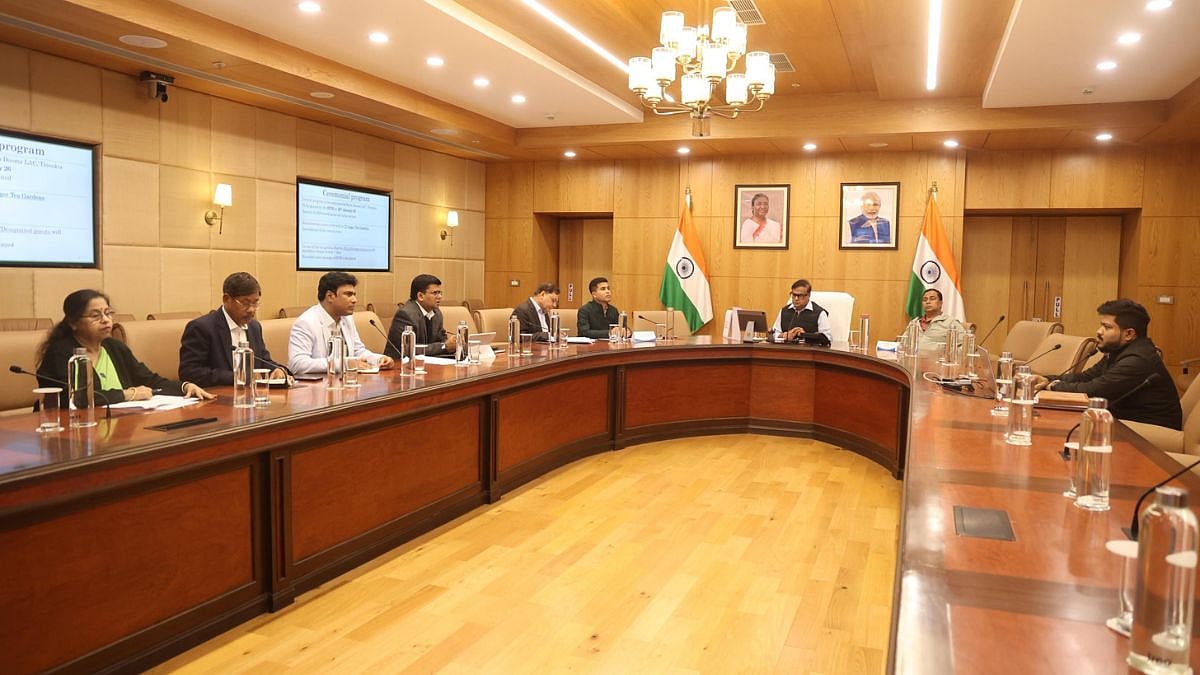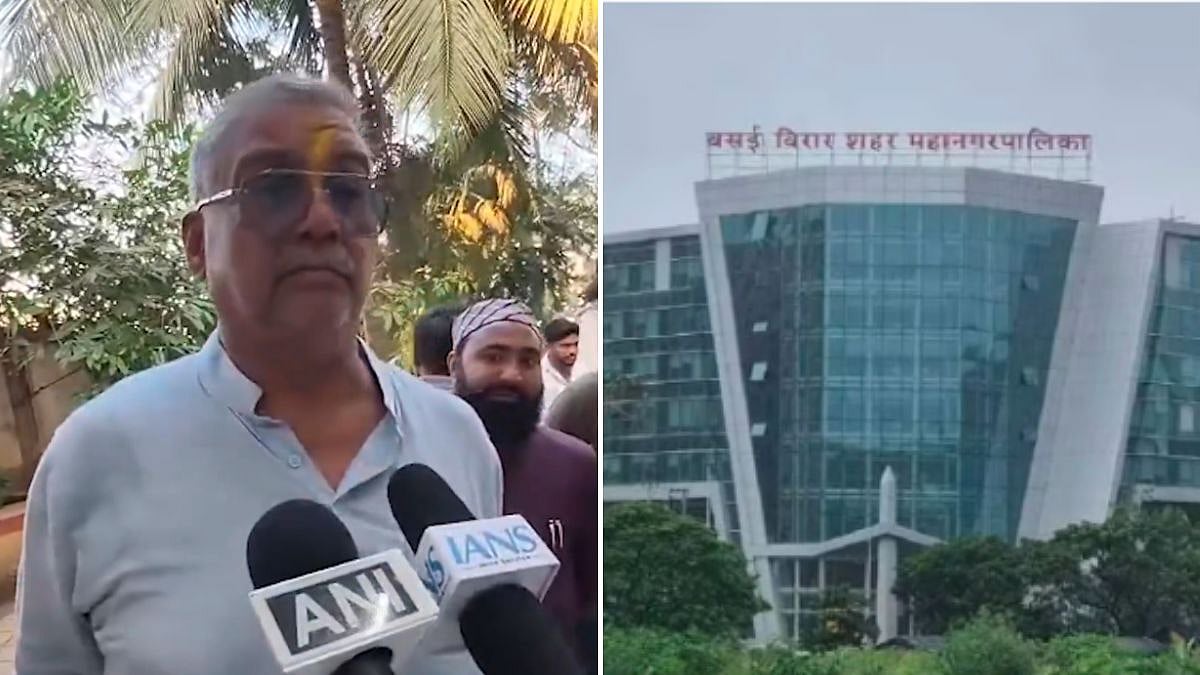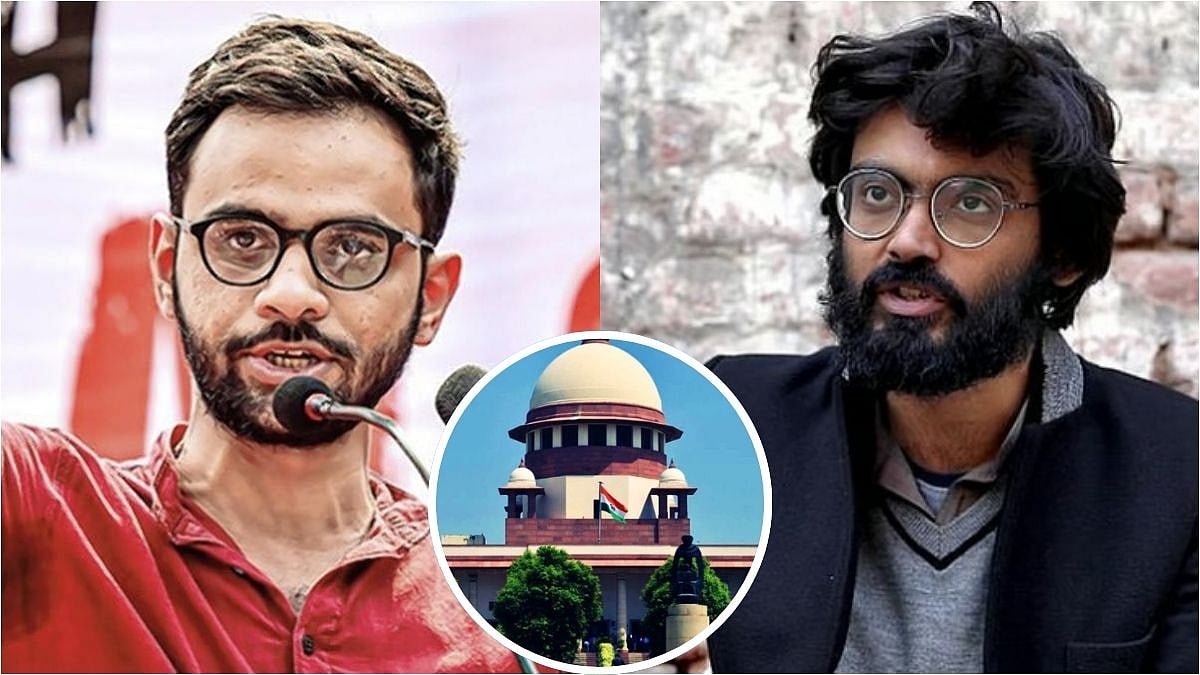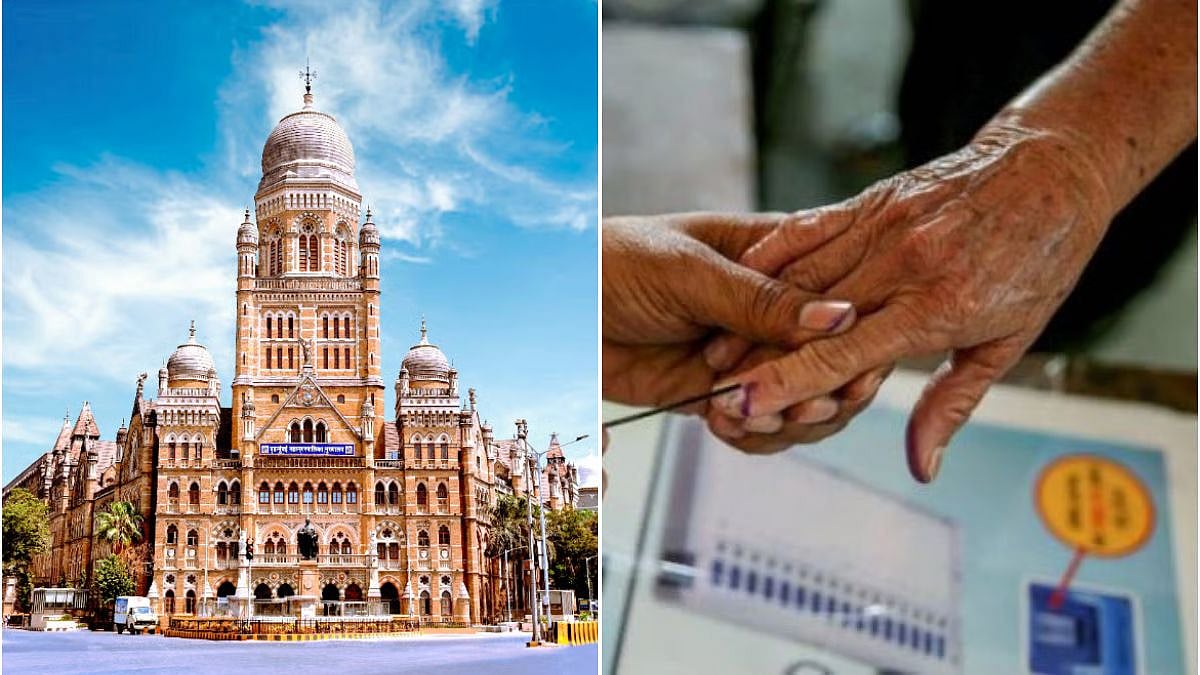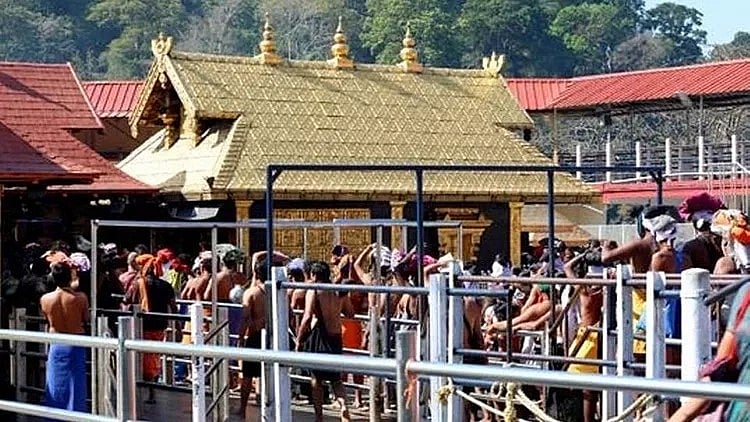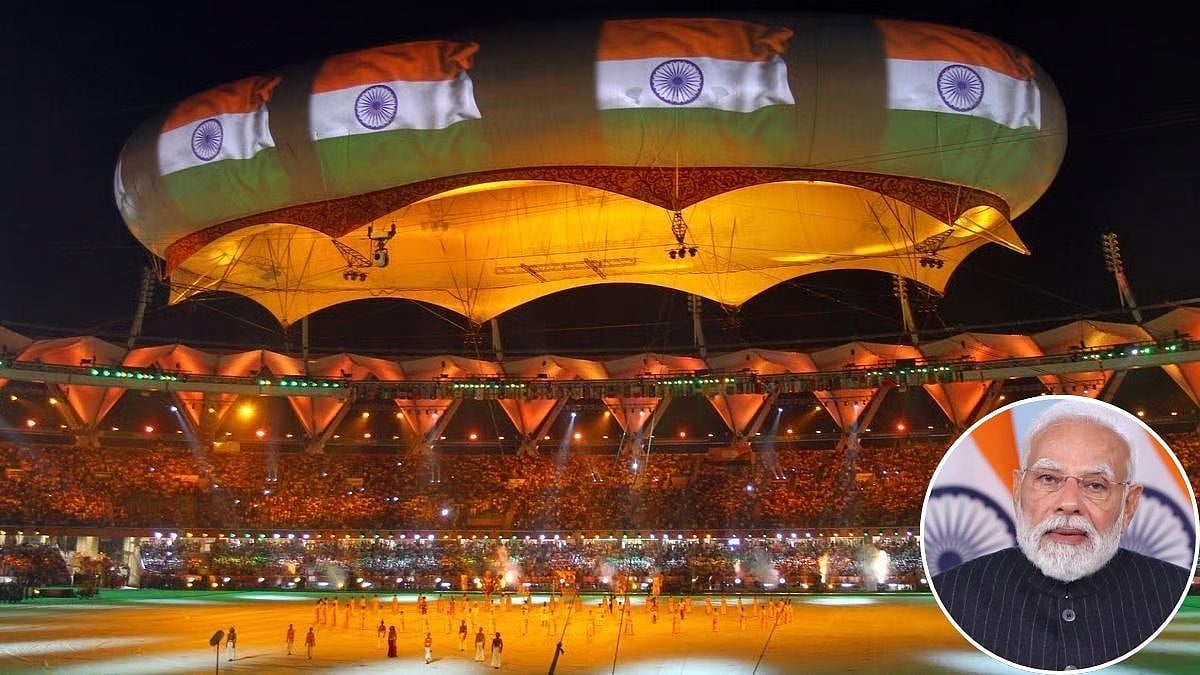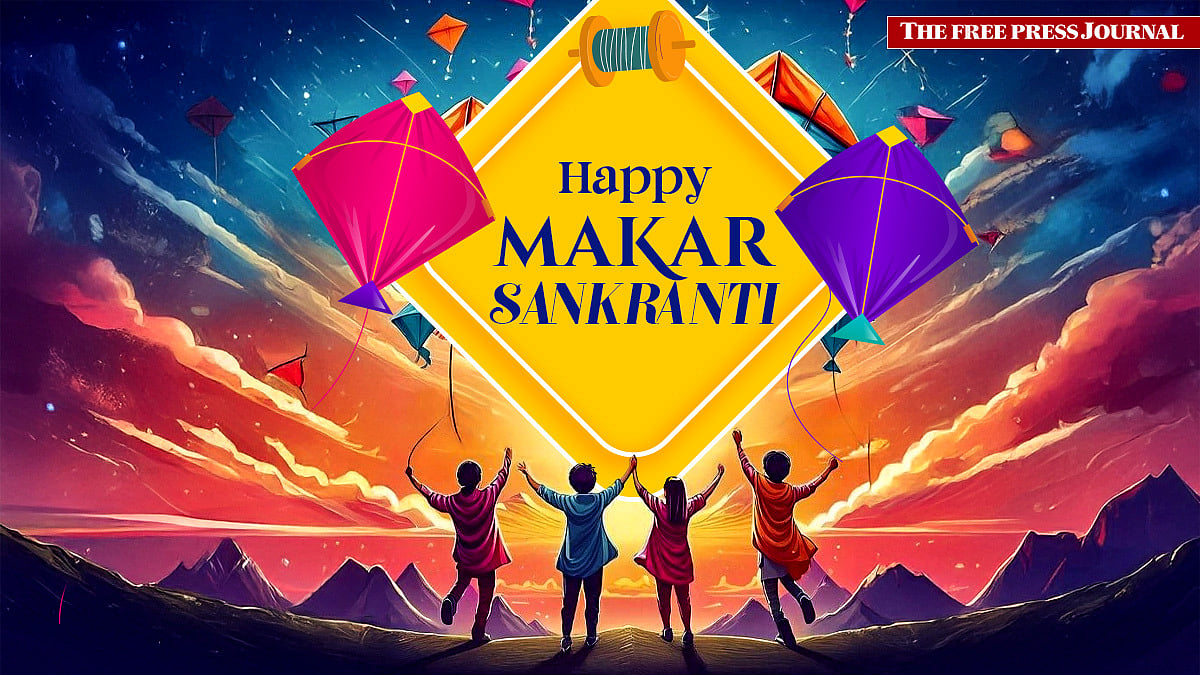Metanoia is from ancient Greek. It connotes penitence, a radical change of heart, amounting to a spiritual awakening which leads to a profound change in one’s way of life. Usually individual, it is particularly powerful when experienced collectively, rare as this is in human history. It is impossible to overemphasise today the urgency of collective metanoia – in a range of contexts from pervasive social conflict, militarism and war to the perishing ecology of the earth under assault from competitive industrial modernity.
March 11 might pass as just another day in the calendar. However, the day marks the 9th anniversary of the Fukushima Nuclear disaster in Japan. This fateful event transpired during the 2011 Tohoku earthquake and tsunami. Residents of the island of Fukushima are still dealing with the repercussions.
In Japanese, Fukushima means ‘blessed island’. However, for the residents it has turned into an ‘island of sorrow’. One obvious sign of this sorrow is the stigma of the label hibakusha (‘bomb-affected people’) imposed upon the survivors of Fukushima. The results of the stigmatisation have been the social ostracisation of the Fukushima hibakushas. Marriage proposals are rejected. There is decreasing economic and other contact with the rest of the country. Suicide rates among residents have grown. Such stigmatisation is not only confined to the populace. Every item originating from the island is viewed with suspicion of radioactive contamination. This led to the suicide of a dairy farmer whose milk products were being rejected on fears of nuclear exposure.
The aftermath of the disaster saw much anger and resentment directed at the government over its inability to address the Fukushima nuclear fallout, the curbs placed on the press, but mostly for the failure to punish the Tokyo Electric Power Company (TEPCO) - who owned the nuclear plant in Fukushima - for not adhering to proper safety standards set by the Nuclear and Industrial Safety Agency (NISA).
Moreover, the Fukushmia catastrophe brought back memories of the 1945 atomic bombings of Hiroshima and Nagasaki. However, in the midst of these reminiscences of the horrific past, some sought to learn from their mistakes and prevent a repetition. These were the original hibakushas of Hiroshima and Nagasaki who had survived and continued to bear the brunt of the US atomic bombings. Officially known as the ‘Skilled Veteran Corps’ this motley group of elderly citizens, some in their eighties, volunteered to clean up the nuclear spillage in Fukushima instead of leaving the task to the young and middle-aged volunteers and workers assigned by the government.
The reason given by the veterans is that elders are less prone to radioactive radiation than the younger volunteers. However, the driving force behind the volunteering of the veterans was the strong metanoia arising from their lived experiences during 1945. “My generation, the old generation, promoted the nuclear plants. If we don’t take responsibility, who will?” says Kazuko Sasakai, a co-founder of the group. The reference was to the popularity of the notion of usage of nuclear power for civil purposes which gained currency in post-war Japan during the 1950s and partly under the patronage of the US Eisenhower administration. Yet the Veterans’ willingness to sacrifice was not acknowledged by the government of the day and they were touted as ‘suicide corps, kamikazes etc’
What metanoia did the Hiroshima hibakushas experience which made them volunteer to work in the dangerous zone of Fukushima? Is metanoia really strong enough to inspire such sacrifice? The US bombings and the immediate American occupation in Japan (1945-1952) saw the rise of strong feelings of shame and repentance among the Japanese population on being exposed to the knowledge regarding the war crimes committed by their military leaders and troops abroad. However, the most important lessons regarding violence and its horrors were felt by the hibakushas. The nuclear devastation and the resulting social, emotional and psychological wounds had scarred them for life.
Being well aware of the effects of radioactive exposure they were ready to make the sacrifice of volunteering to cleaning up the nuclear debris. They believed that it was better for the old and geriatric to be exposed to the nuclear fallout instead of the current generation who had yet to live their lives. This was prompted in part by a desire to atone for the failure of the pre-war generation in stopping the catastrophe of 1945. Other examples of (individual) metanoia could be cited from other parts of the world. The instances of Robert S McNamara, Secretary of Defence in the US Kennedy administration and Hugh Thompson Jr, a US Army pilot, come to mind. Thompson was witness to the infamous My Lai massacre of 1968 in South Vietnam, conducted by the US forces. 500 Vietnamese civilians were mercilessly killed. Horrified by the actions of his fellow soldiers, he became well-known for having saved 9 civilians from the site by air-lifting them to safety. Later, he even went on to testify against US war actions in Vietnam at forums such as the UN. He came into the limelight as a fierce critic of the US Army actions against Iraqi civilians during the 1990 Operation Desert Storm.
After his retirement from active politics, in 1995 McNamara penned the memoirs of his tenure during the Kennedy administration titled In Retrospect. Recounting the Vietnam War, he lamented the opportunities the US lost of pulling out of a losing war in which close to 60,000 American lives were lost. In the chapter ‘The Lessons of Vietnam’ McNamara counsels the US to stay away from military involvement in outside conflicts and the need to stop viewing war as a legitimate means of addressing the breakdown of governance in foreign countries, advice which his successors have so far failed to heed. After he was released from 27 years in prison, Nelson Mandela staunched the dangers of widespread violence in South Africa by explicitly not allowing his people to take revenge on the Afrikaner population when many were baying for white blood. A Truth and Reconciliation Commission was set up to address the horrors of the past and prevent their repetition in the future.
When it comes to India, the finest example of metanoia can be seen in the actions of the Mauryan emperor Ashoka who, after seeing the bloodshed in Kalinga, dropped the sword and instead donned the robes of a Buddhist bhikkhu. The current scenario in India speaks of the dire need for individual and collective metanoia. There are persistent calls for violence and counter-violence, sometimes actively promoted by elected leaders. There is an unconscionable amnesia about the past. The horrors of Partition (1947), Marichjhapi (1979), Moradabad (1980), Nellie (1983), the anti-Sikh riots (1984), Hashimpura (1987), Mumbai (1993), and Gujarat (2002), should have sensitised and led the older generation, like the hibakushas, to prevent the youngsters from repeating the mistakes of the past. However, it is often political leaders hailing from the older generation who wish to keep the fires of hatred growing. In addition, much of the older generation amongst the people see the young of the ‘other community’ as carrying the burden of the crimes of their forefathers. Unlike the hibakushas whose metanoia made them willing to sacrifice, the older generation expects to derive satisfaction from the punishment of the younger generation - a generation which wasn’t even born when the violence happened in the past.
A sustained metanoia emerging from the recurrent communal and caste violence witnessed since 1947 should have prevented the recent riots in North-East Delhi. But Indians today have yet to wake up to the healing possibilities of collective metanoia. What we have discovered since the days of Ashoka, all the way through Mandela to the Hibakushas of Fukushima is that metanoia is the precondition for humanity to become human.
Dr. Aseem Shrivastava teaches Ecosophy at Ashoka University & is co-author of “Churning the Earth: The Making of Global India”. Anuraag Khaund is doing a Master of Liberal Studies in History. Syndicate: The Billion Press


